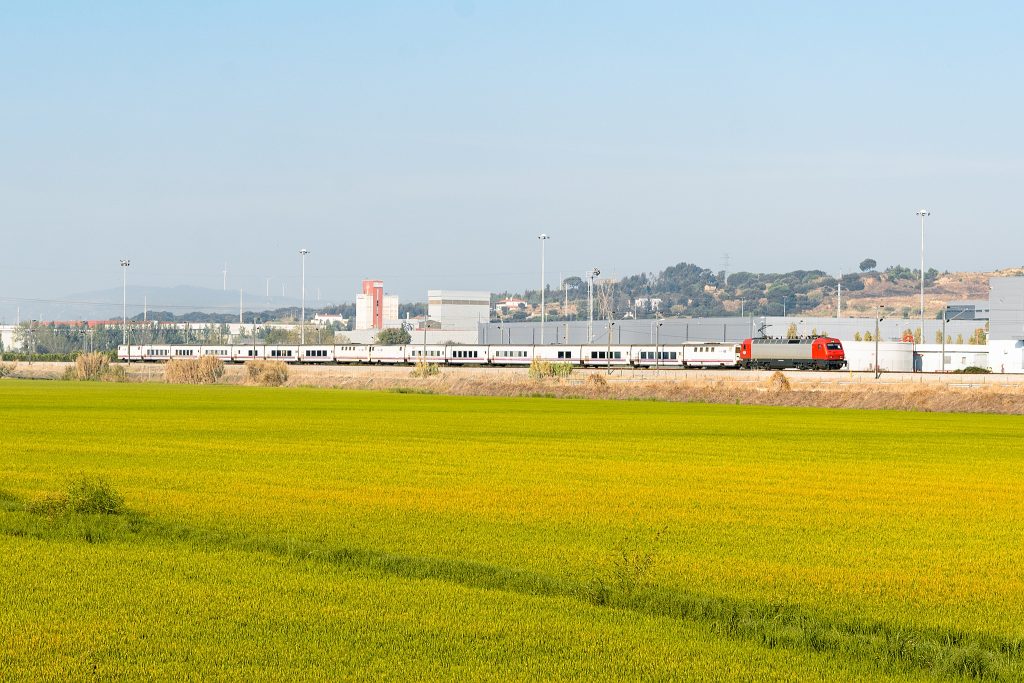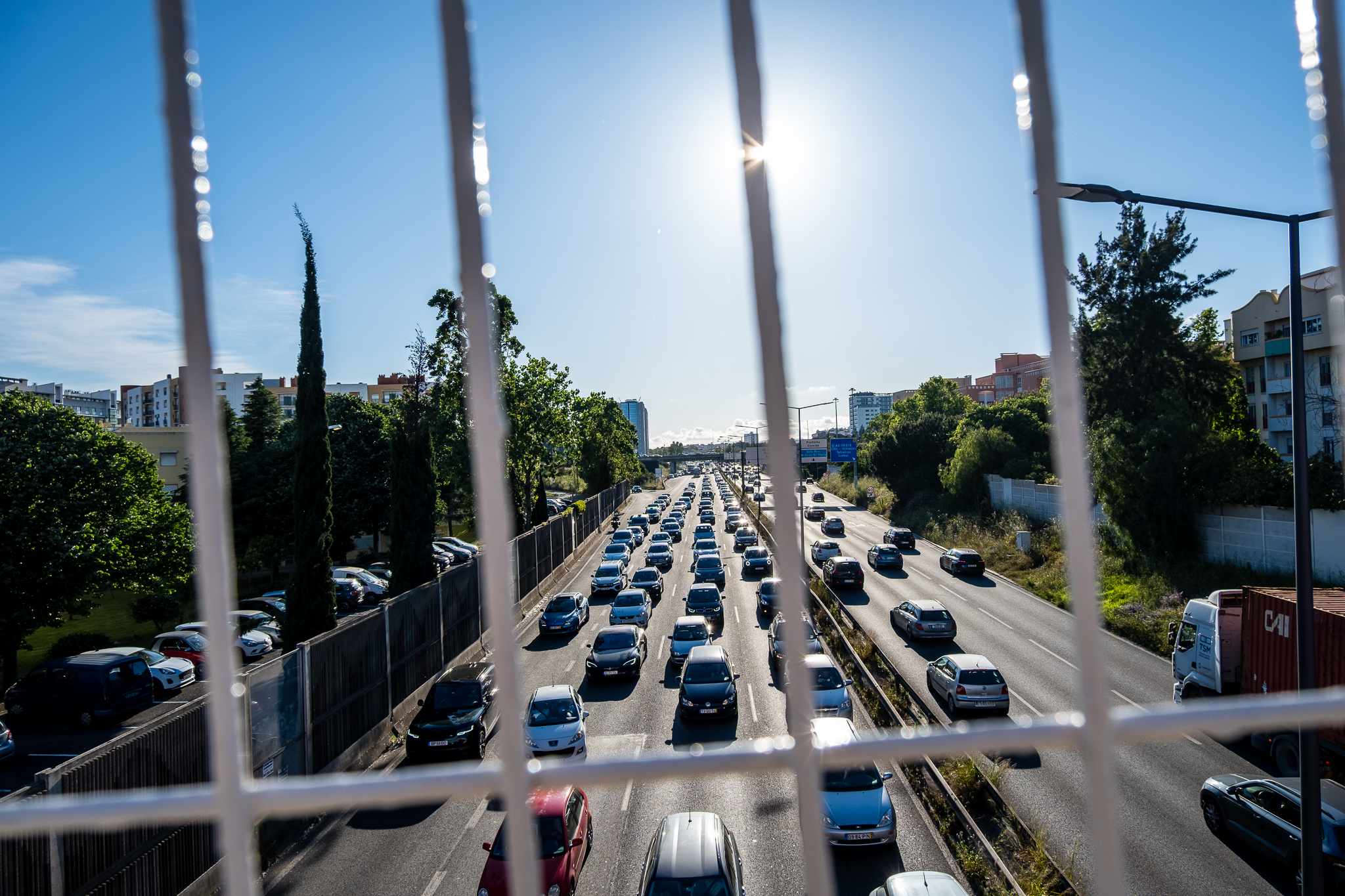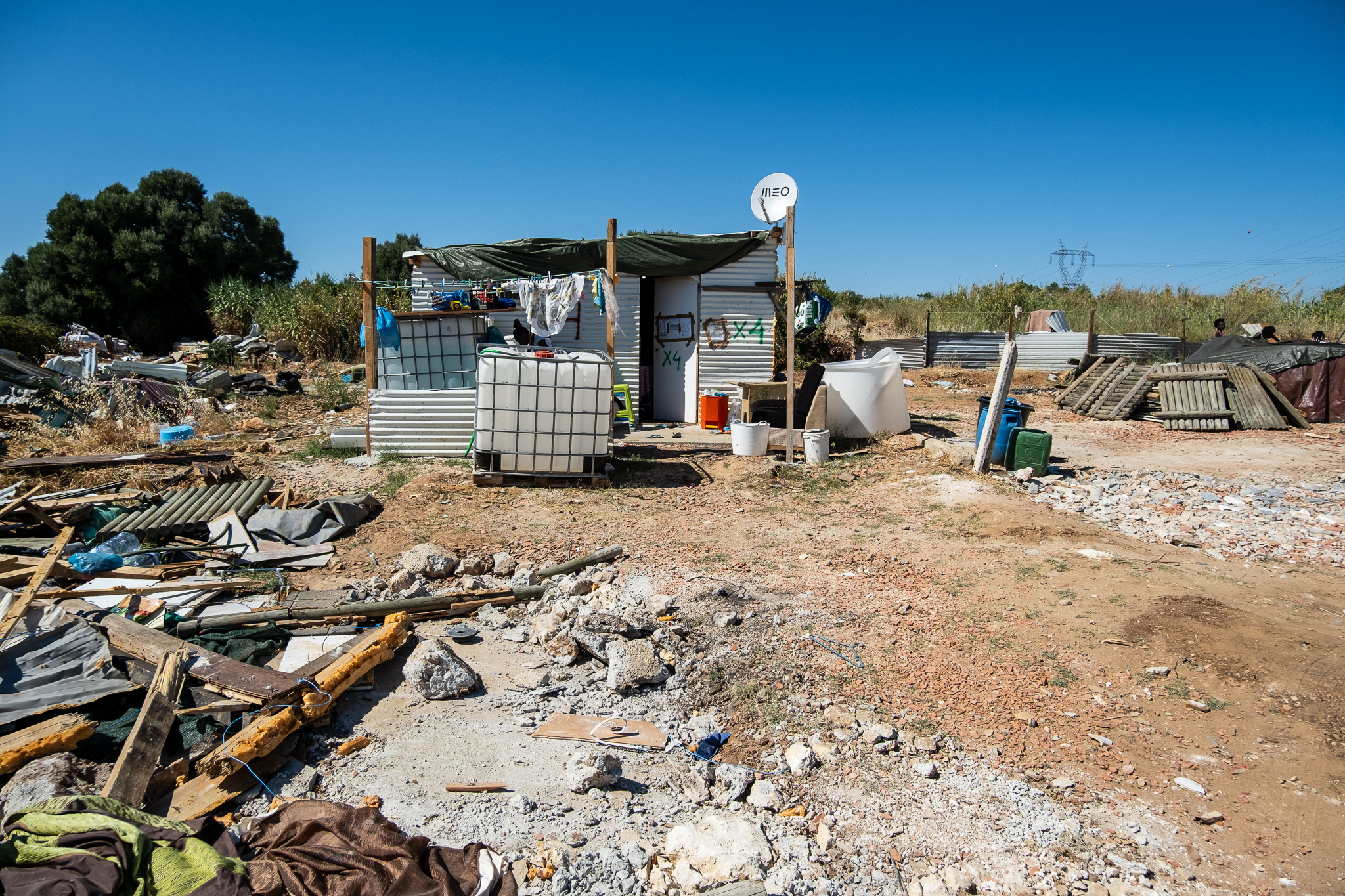
In March last year, CP and Renfe decided to stop the international trains connecting Lisbon to Madrid (Lusitânia Comboio Hotel) and Lisbon to Hendaya, on the French border (Sud Expresso). Since then and until today, Lisbon has been isolated from the rest of Europe. The Lusitânia and the Sud are not expected to return.
According to the Público newspaper, Lisbon and Athens are the only truly isolated capitals in terms of international rail transport. Both the Lusitania and the Sud were night trainsgiven the time it takes between the start and end points: more than 10 hours. A daytime train would not be competitive, since the Portuguese and Spanish infrastructure does not yet allow the two capitals to be linked by high speed, even though Spain has the second largest high speed network in Europe.
Historic Trains
Launched in 1995 as the successor to the Lusitânia Expresso, the Lusitânia Comboio Hotel was a train operated jointly by CP and the Spanish company Renfe, which ran in conjunction with the Sud Expresso - run by CP only - to save costs. The Sud Express had existed since 1887 and had only been interrupted during the Spanish Civil War and the two world wars. The Lusitânia Express, the predecessor of the Comboio Hotel, was created in 1943.
The two trains followed coupled between Lisbon-Apolonia and Medina del Campo, separating at this station: one of them continued to Madrid and the other to Hendaya, at the French border, where passengers could take the high-speed train to Paris. The Lusitânia and the Sud offered prices for different wallets; for example, it was possible to go from Lisbon to Madrid for 25 euros in normal seats, and, for other ticket values, there were four-person compartments with beds and even more private spaces with their own bathroom.
Spain closes the door
Renfe, CP's partner in the Lusitania, said last year that it was not interested in the return of that train when the pandemic situation stabilized and the borders between the two countries opened again, as happened on July 1. Already this 2021, a year after the suspension of the Lusitania, María José Rallo, Secretary General for Transport and Mobility of the Spanish Government, said in the neighboring parliament that the Lusitania is not expected to return because the high-speed rail system, expected soon, has more competitive travel times that it doesn't pay to maintain the night connection between the two cities.
Regarding the Sud Expresso, under CP, it should not return without the Lusitania, since the two connections shared costs - "Without the economy of scale that the junction of the two trains provided, it will be difficult for CP to resume a service that, moreover, was loss-making"as journalist Carlos Cipriano, a railroad specialist, writes, in Público. In fact, CP returned in September last year the compositions rented from the Spanish manufacturer Talgo. According to Dinheiro Vivo, o service was unprofitable and recorded losses of three million euros in recent years; also the Lusitania, operated jointly by CP and Renfe, generated annual losses of two million euros.
A counter-trend reality
The end of night trains on the Iberian Peninsula is solidified in this 2021 anniversary year European Year of Rail Transport - considered one of the most sustainable and safest modes of transport and the only one that has almost continuously reduced its CO2 emissions since 1990, while increasing transport volumes.
Given the growing environmental awareness, the European Union is interested in supporting the development of rail transport as an alternative to aviation and, in particular, the recovery of night connections. New trains have been running at night between several European citiesoffering an efficient and practical way to travel since passengers can take the time to sleep and wake up at their desired destination.
On the Portuguese side, the Ministry of Infrastructures and Housing is not closing the door to the return of night trains. To Dinheiro Vivo, it referred that it is "to study, with CP, possible models of international railway operation with due articulation with Spain" and notes that "what is at issue is not a ban on night trains in Spain, but a possible decision to abandon the provision of such services by Renfe". Note that it is still possible to reach Spain by train from Lisbon, either via the connection between Porto and Vigo, in Galicia, or via the Eastern Line to Badajoz.
High speed here so close?
The Évora-Elvas railway section under construction will not be for goods only after all, as had been presented since 2018. At the end of December last year, the Minister of Infrastructure and Housing, Pedro Nuno Santos, said in a videoconference hearing at the European Parliament that The line between Évora and Elvas will allow high speed between Lisbon and Madrid with speeds of 250 km/hour. According to Pedro Nuno Santos, this connection is planned to be in place by the end of December 2023.
But the high speed will also be made between Lisbon and Porto. The idea is inscribed in the PNI - National Investment Program 2030 and passes through shortening distances in the countryfirst in Iberian gauge and with speeds between 220 and 250 km/h (for which the Alfa Pendulares are prepared); later in European gauge with speeds up to 300 km/h. Lisbon and Porto will be, by then, 1h15 away (today the trip takes about 3h); there will be stops in Coimbra and Leiria, which will be 30 minutes away from Lisbon. The government needs 4.5 billion euros for the project and is counting on taking advantage of the European Union's financial availability for railway projects.









